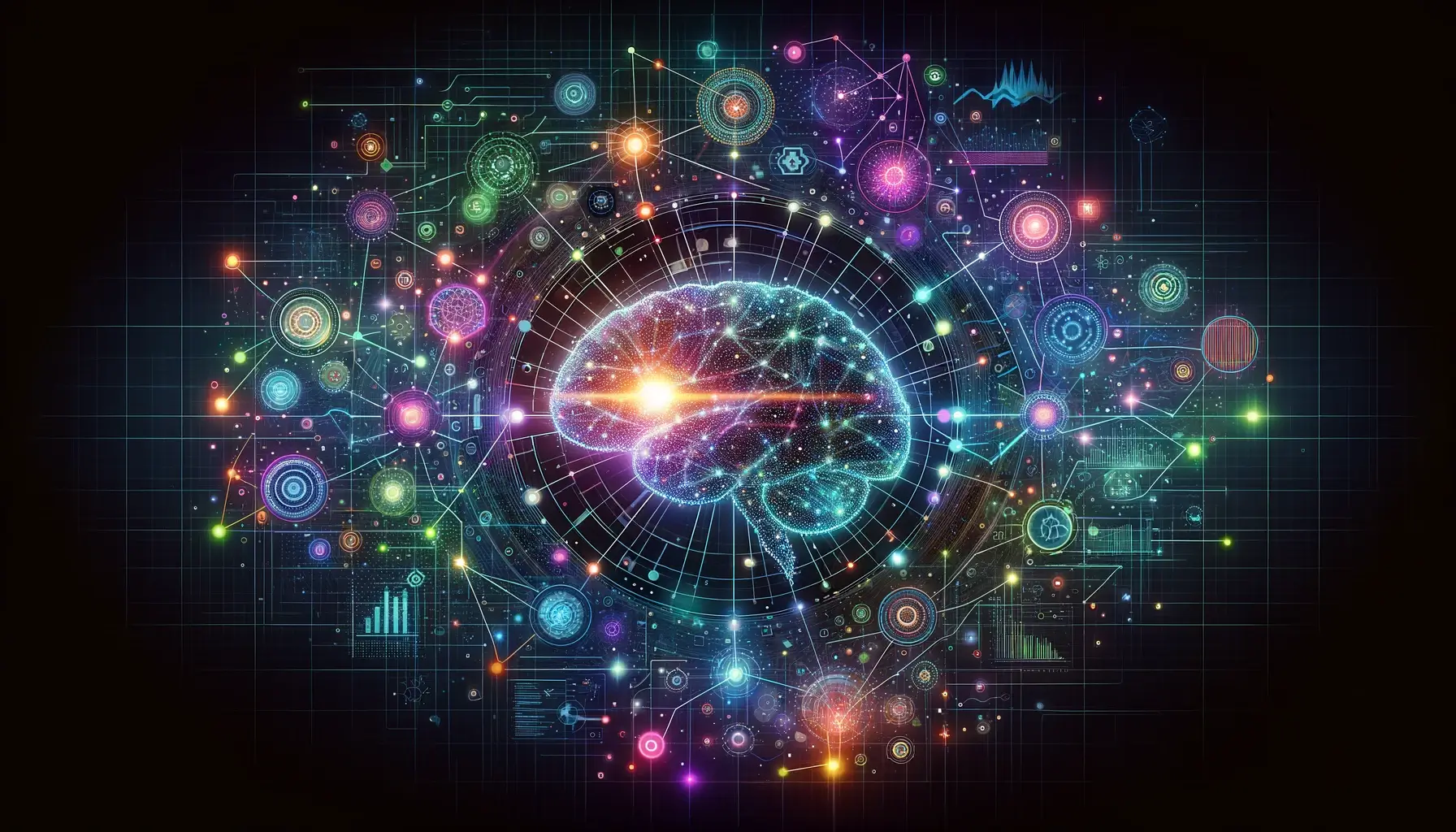In the rapidly evolving field of artificial intelligence (AI), machine learning (ML) stands out as a transformative technology that enables computers to learn from and make decisions based on data. As we delve into the digital age, understanding the fundamentals of machine learning is crucial for anyone looking to navigate the complexities of AI and its applications. This blog post aims to demystify the core concepts of machine learning, from its definition and types to the key algorithms and challenges faced by practitioners.
What is Machine Learning?
Machine learning is a subset of AI that provides systems the ability to automatically learn and improve from experience without being explicitly programmed. It focuses on the development of computer programs that can access data and use it to learn for themselves. The process of learning begins with observations or data, such as examples, direct experience, or instruction, to look for patterns in data and make better decisions in the future based on the examples we provide.
The Types of Machine Learning
1. Supervised Learning
Supervised learning involves learning a function that maps an input to an output based on example input-output pairs. It infers a function from labeled training data consisting of a set of training examples.
2. Unsupervised Learning
Unsupervised learning deals with how systems can infer a function to describe a hidden structure from unlabeled data. The system doesn’t figure out the right output, but it explores the data and can draw inferences from datasets to describe hidden structures from unlabeled data.
3. Reinforcement Learning
Reinforcement learning is a type of machine learning where an agent learns to behave in an environment by performing actions and seeing the results. It is about taking suitable action to maximize reward in a particular situation.
Key Machine Learning Algorithms
- Linear Regression: Used for predicting a continuous value. For example, predicting house prices based on various features like size and location.
- Decision Trees: A model used for both classification and regression tasks. It’s like playing the game of twenty questions to arrive at a conclusion.
- Clustering Algorithms: Such as K-means, used in unsupervised learning to group unlabelled datasets.
- Neural Networks: A series of algorithms that mimic the operations of a human brain to recognize relationships between vast amounts of data.
Challenges in Machine Learning
1. Data Quality
Machine learning models are only as good as the data they are trained on. Poor quality data can lead to inaccurate models that do not perform well in real-world applications.
2. Overfitting and Underfitting
Overfitting occurs when a model learns the detail and noise in the training data to the extent that it negatively impacts the performance of the model on new data. Underfitting occurs when a model cannot capture the underlying trend of the data.
3. Computational Complexity
Some machine learning algorithms require significant computational power, which can be a challenge for real-time applications or devices with limited processing capabilities.
The Future of Machine Learning
The future of machine learning is incredibly promising, with ongoing research and developments aiming to overcome current challenges and unlock new possibilities. Advances in computational power, algorithmic efficiency, and data availability are expected to drive significant breakthroughs in the field. From enhancing personalized medicine to enabling autonomous vehicles, machine learning will continue to be at the forefront of technological innovation.
In conclusion, machine learning is a dynamic and exciting field that offers the potential to revolutionize how we interact with technology. By understanding the fundamentals of machine learning, individuals and organizations can better leverage this technology to solve complex problems, make data-driven decisions, and create innovative products and services that enhance our lives.

